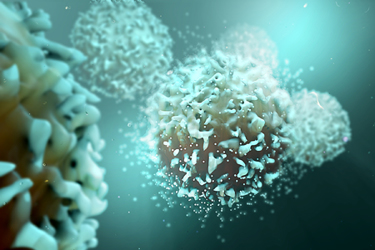CRISPR RNPs And The Future Of Cell And Gene Therapy
By Thomas Lynch, PhD, VP Client Services, Aldevron

Gene therapy is opening new pathways to treatment for diseases caused by errors in the genetic code, which can include missing, extra, and dysfunctional genes. Gene therapy supplements missing ort dysfunctional genes with the corrected form of the gene, administered either directly into the patient or first into cells ex vivo that are then transferred to the patient.
Ribonucleoproteins (RNPs), which are the active complexes formed by the guide RNA and Cas9 protein, are providing an increasingly attractive approach for delivering the editing components of clustered regularly interspaced short palindromic repeats (CRISPR) therapies into cells. RNPs provide a DNA-free delivery system without the need for transcription or translation. RNPs offer a reduced safety risk compared to other delivery technologies, and each RNP represents a distinct unit of activity, making them highly titratable and allowing for precise dosage and controlled delivery. RNPs can also be delivered at much higher efficiencies to cells that are difficult to transduce with viruses.
However, challenges still loom for the manufacturing of clinical CRISPR RNPs. There are numerous CRISPR/ Cas proteins currently under development, and the conditions for complexing and characterizing each Cas variant or fusion protein with its gRNA will require optimization as each CRISPR system progresses toward clinical development. Explore the potential of RNP to deliver CRISPR materials more accurately and effectively as well as the pertinent manufacturing challenges which require attention.
Get unlimited access to:
Enter your credentials below to log in. Not yet a member of Cell & Gene? Subscribe today.
